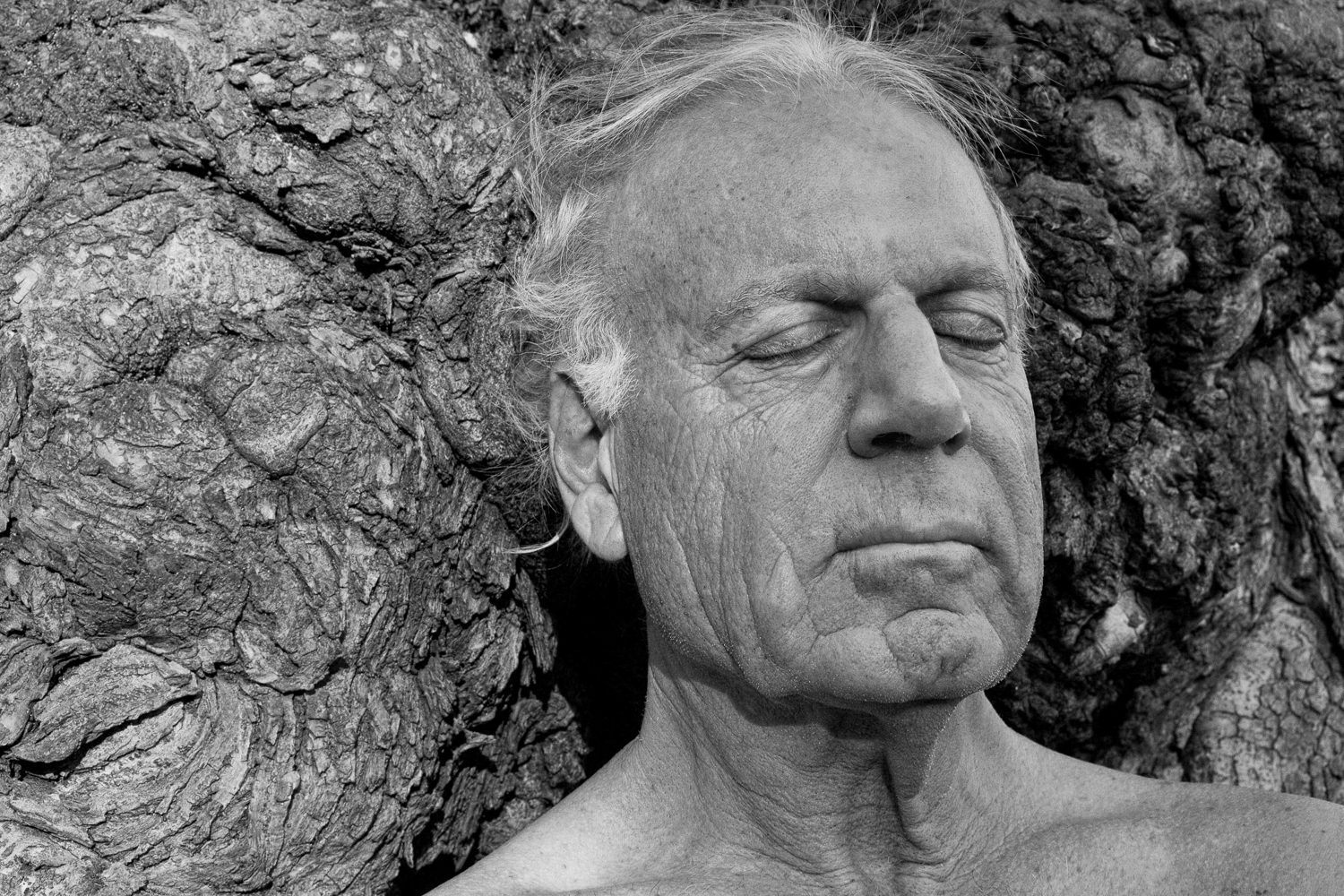Hi Paul thanks for doing this. Can you start off by telling us a (brief) story on your background and how you first picked up a camera?
I grew up in New York City and have lived here most of my life. My father took pictures of me as a baby and up to my teenage years so I was always aware of photography. I was given a camera while my age was barely in double digits and perhaps even earlier. I have saved a few photos I took while I was age nine. I can recall at that age using flash bulbs. They got extremely hot and couldn’t be touched after igniting. However, I definitely was no Jacques Henri Lartigue (The French photographer prodigy beginning at age seven.)
All of my life thereafter, I owned a camera and I would use it in spurts, often not taking a picture for many years. I never learned anything technical except to set the camera to F 8 if shady and F11 if sunny. Somehow I managed to take indoor photos with a flash. In the 1960’s I dabbled in street photography for a few months. I did not think of it as street photography but as I look at old photos, I realize that is what I was doing. The intermittent photography continued until I pursued it seriously starting in 2007, one month shy of my 70th birthday.
I had a career in clinical psychology, and university teaching and in addition I was a serious competitive amateur golfer from age 17-71. I mention golf because I treat street photography as a sport and often compare it to golf.
How has being a clinical psychologist helped in any way with your photography?
I am not sure if being a clinical psychologist has had a significant impact on my photography. I believe that I am more suited for photography then psychology and regret not beginning photography earlier and instead of psychology. (I find myself often confusing the two words, which have phonetic similarities). Almost all of my photography teachers have assumed that my psychology background informs my photography. I am interested in photographing people. That may be as far as it goes.
Since you’re retired, how often do you hit up the streets of NY? Or do you just bring your camera everywhere with you?
After I retired and stopped playing golf as well; I have been immersed in photography. I have had classes every semester at The International Center of Photography for ten years. Most of the classes were of ten-week duration. Altogether, I have had over fifty classes plus numerous workshops and consultations with a number of photographers. I began focusing on street photography about seven years ago and I rarely go out without a camera. Most days I have the intention to spend a good part of the day shooting. Other times, I carry the camera with me so as to be sure not to miss anything that may turn up. It has reached the point where if I don’t have a camera with me, I have a distinct feeling that something important is missing.
How do you have so much energy? Where can we get the fountain of youth potion?
Tim, you asked how I have so much energy. I don’t. I have to overcome lethargy every day and I am afraid that I am slowing down as age eighty is around the corner. However, I feel distinct unease if I go through a day without taking pictures.
Do you have a ritual before you head out?
I have no ritual or routine that I do before heading out. I use only a prime 35mm full frame lens so I have no equipment decisions to make. Maybe I do have a ritual each time. It occurs to me that I almost always consider bring a 28mm lens with me but then decide against it. It is strictly a weight issue. I try to travel as light as possible.
You’ve been shooting for 10 years and counting, what is it about street photography that keeps you wanting more?
As I said, I consider street photography a sport and not so much art. I am constantly longing for the big catch, the home run, the great round of golf. I know it is out there. Every day I want to get it. I almost never do but that desire keeps me going.
Looking back, what’s one subject or event would you document from the 60s-90s that really resonated with you and why?
I was there when the Woman’s movement began. I have a picture of Gloria Steinem in the first major Woman’s march on Fifth Avenue. I only shot on one day and have two photos. This was a major movement. I was at the right place at the right time and I only pressed the shutter twice (before I photographed the woman’s marches in response to Donald Trump’s election and policies.) That movement resonates with me and I missed my chance to be part of it and photograph it. However, photography was not really part of my life at that time.

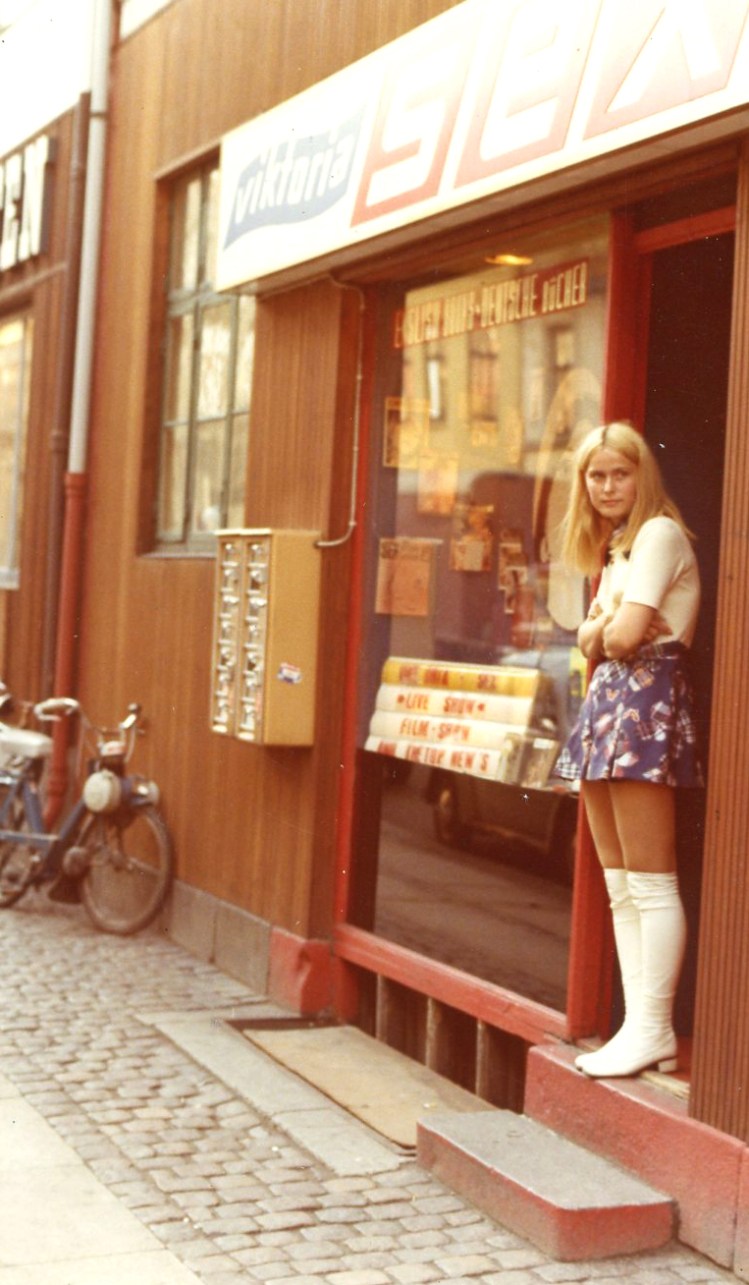
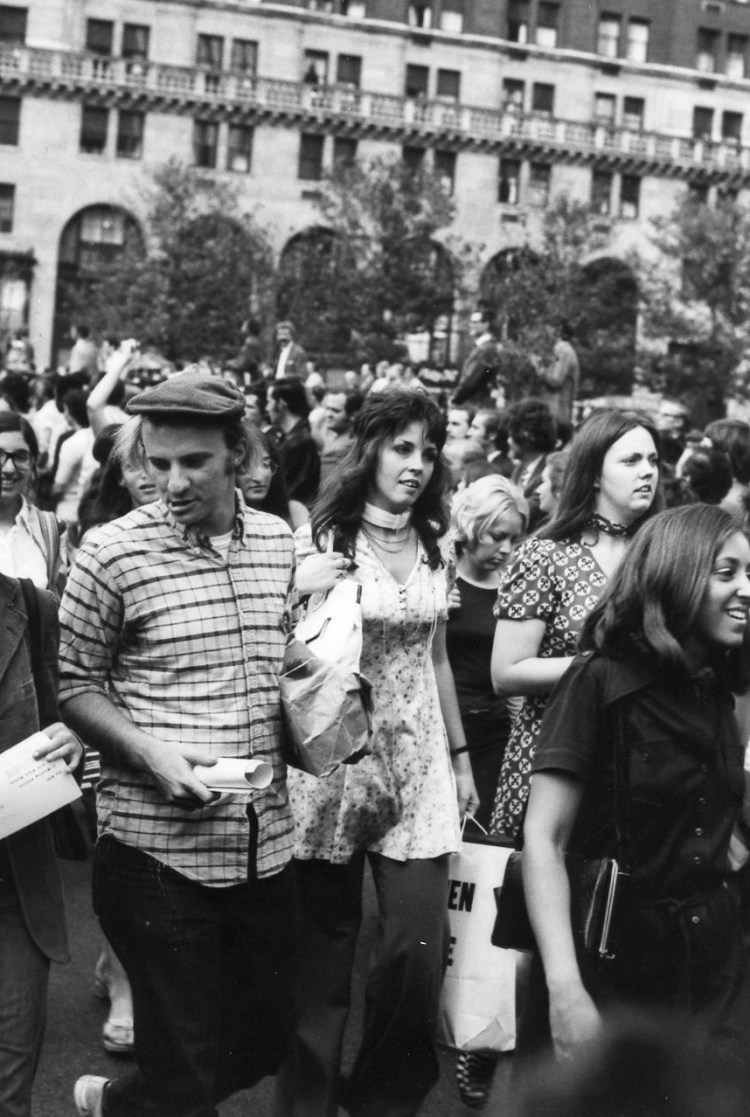
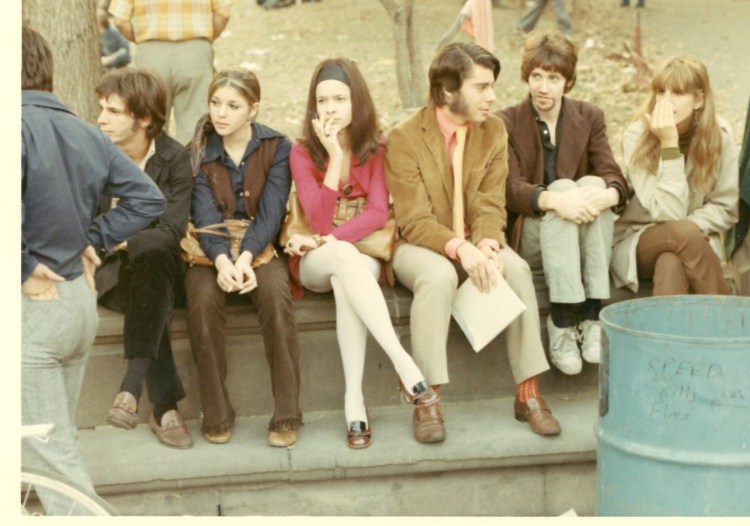
Your photos that have exhibited and won in numerous festivals, were they captured off of instinct? Or did you just happen to point and shoot, and then realize afterwards you potentially have something when you were post processing them?
When I am shooting; it feels good to be working on a project. The project could be as simple as a place (e.g.: Coney Island or Williamsburg Brooklyn) or an event such as Fashion Week. I have had several such projects and they all culminate in a self-published book (I have about fifteen such books). When I have a project it feels like I have a job and a mission. My motivation and desire goes up. However, in recent years, more often then not, I am striving for random decent photographs. That is adequate for me but it doesn’t pump me up nearly as much as a more cohesive project.
When I achieve what for me is a good photograph, it comes about in various ways. Sometimes I see something out of the corner of my eye and without composing at all, or even clearly seeing what I am shooting, I luckily end up with something I like. In such instances, the picture finds me and I am alert enough to see it. In other instances, I may find a good spot with light that is favorable and a background that is pleasing. I hang around and look at the stage in front of me and wait until enough interesting elements enter the set. I am very aware of composition and the edges of the frame. These pictures are more made then taken. I know immediately if I have something decent and I can visualize the print. (I print all photos that have the potential to be good.). Perhaps my very best photos more often then not, are derived from a third approach. I may see an interesting person or an interesting scene. Then I may follow or wait until I am at a good vantage point. I then work the scene as much as possible by taking numerous shots from slightly different angles or distances. I keep shooting as long as possible and later in post processing and editing, I look for the best version of it.
Usually none of these three approaches or variations of them work. I have come to realize that really good pictures are rare and that it is within the nature of street photography to usually fail. I believe that a good street photographer may achieve five to ten exceptional photos a year if he or she is lucky. Unlike most other photography, factors beyond one’s control are operating that makes street photography particularly difficult. With experience and technical skill it becomes easy to go out and get loads of OK pictures. However, the really exceptional worthwhile photos are far and few between.
How would you describe your style within your photographs?
I have come to realize that my style may be a bit different then that of most street photographers. I see that the majority of street photographers working today are after a decisive moment that looks quirky or humorous. Further, most work is shown online. I am after a good-looking photograph that can be printed and hung. I too, admire an odd moment but I am equally or perhaps more interested in light and composition. This is both strength and a flaw as far as I can tell. Too often, my photos have good lighting, decent composition, but lack compelling content. A photographer friend has described some of my photos as all context and no content. I am as interested in context as much as content: perhaps too much so.
I looked at Alex Webb’s work for the first time about six years ago. I admire its complexity. I keep striving for pictures like his with multiple layers, disparate and compelling activities going on in the foreground, middle ground, and background. This is Ernest Hemingway’s Great White Marlin that I am after. I have never achieved it but I keep trying. If I fall short but still have a layered photograph, I am pleased. All to often, I have to settle for a candid portrait within good context and light. I am beginning to think that Alex Webb himself can rarely make “Alex Webb-like” photographs. The pictures with multiple activities and different activities within multiple layers probably are relatively rare for him too.
Almost all of my work is in color. I don’t view color as a distraction. The world is in color so why not show it? Yes, most of the history of photography and its great photographs are in black and white. However, technology has changed and color is now a more viable option.
Whose work do you admire?
I admire so many photographers. I would put, Alex Webb, Garry Winogrand, Joel Meyerowitz, and Robert Frank at or near the top of the list. These are some of the established “stars” There are so many good street photographers including a lot of younger people working today.
I ask everyone this question. If you could have one street photographer shoot your wedding who would it be?
I have no plans to marry so I cannot personalize the answer to this question. Immediately, Larry Fink pops to mind. His event flash photography is candid and he makes little attempt to glamorize anyone. I would prefer real expressions to posed and he would be good at that. I don’t seem to like too many posed pictures or “happy” smiling pictures.
Be a member of Magnum today or go back in time and document the 60s all the way until 2007 when you started shooting street.
The “right” answer to this question is to document the 60’s all the way until I started shooting street. However, if Magnum would want me, my need for prestige would overpower me and I would take that.
What’s one goal on your bucket list in relation to street photography?
One goal on my bucket list in relation to street photography would be something that is probably beyond my reach. I would love to have a published book of my best street photos.
Any personal street photography tips or advice you have to those out there?
I don’t have any advice that others more experienced and accomplished then myself have not already offered.
I do have a blog in my website about photography slumps. The gist of it is that it is in the nature of street photography to be in an almost a perpetual slump because truly good pictures are rare. In other words, a slump is not a slump. It is street photography. This applies to experienced street photographers. Too many inexperienced street photographers have little idea of what is a good photograph and they settle for too many mediocre pictures and show too many of them. Editing out all but the best is necessary. Show only your very best work. I need to take heed of that myself.
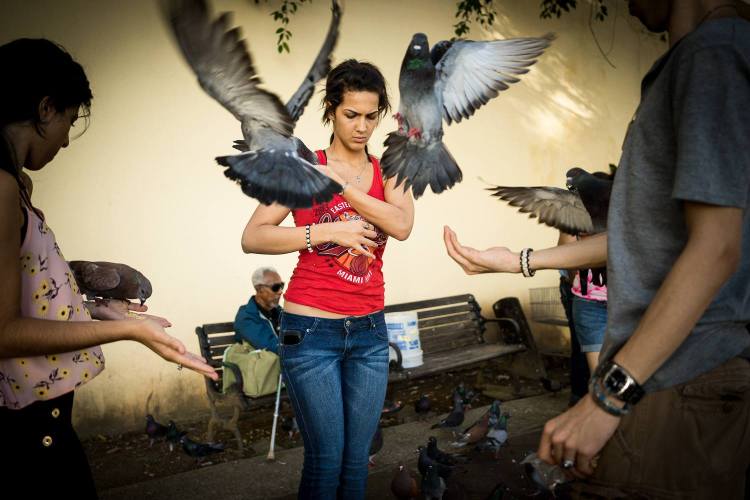
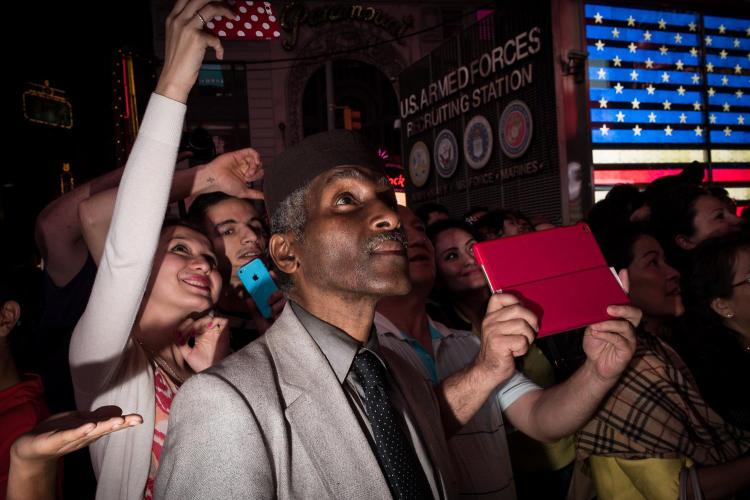
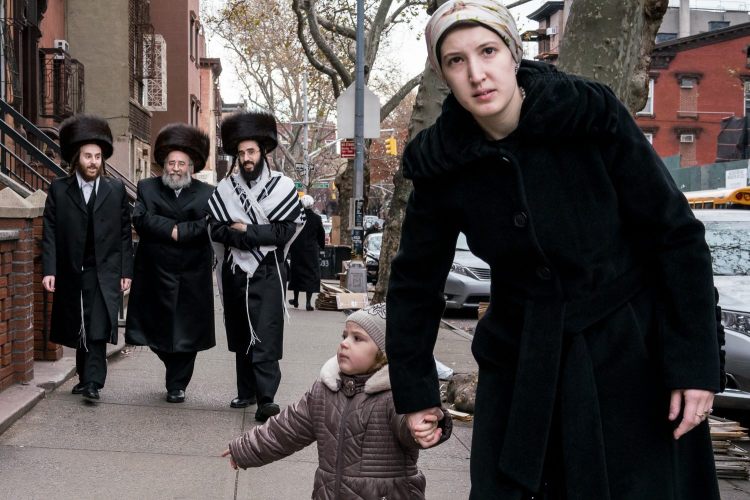
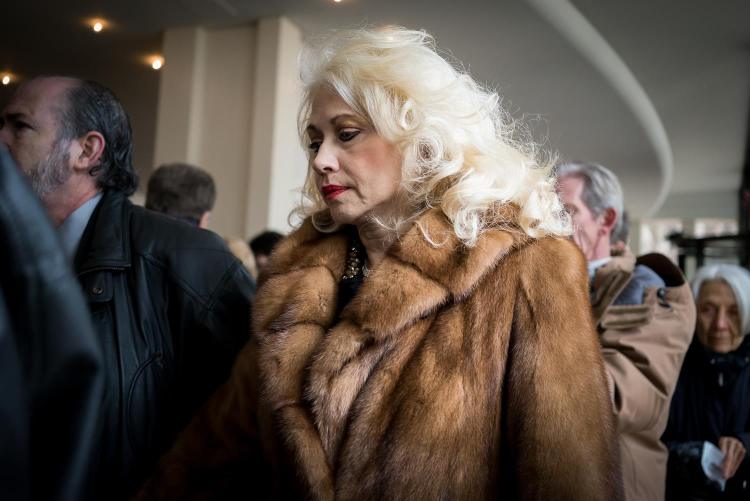
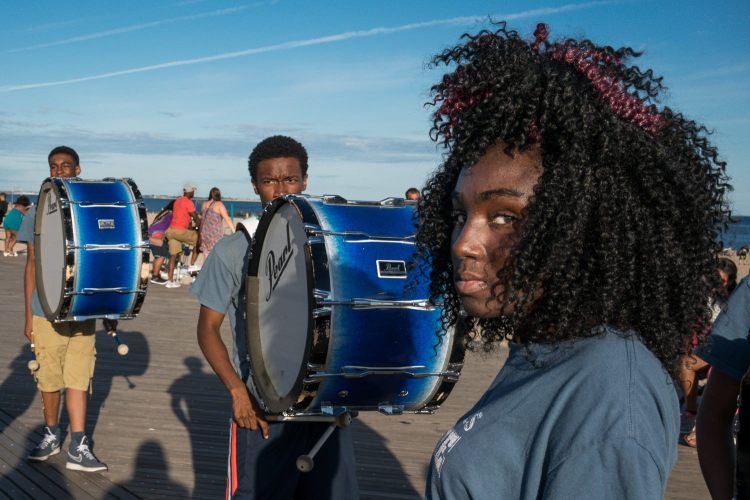





Check out Paul Kessel’s work below!
www.paulkessel.com
a. Blurb Books can be found in the “Books” section of my website.
b. To see all Blurb Books one can go to www.blurbbooks.com and search for Paul Kessel
Flickr: Paul Kessel
Instagram @streetskessel

